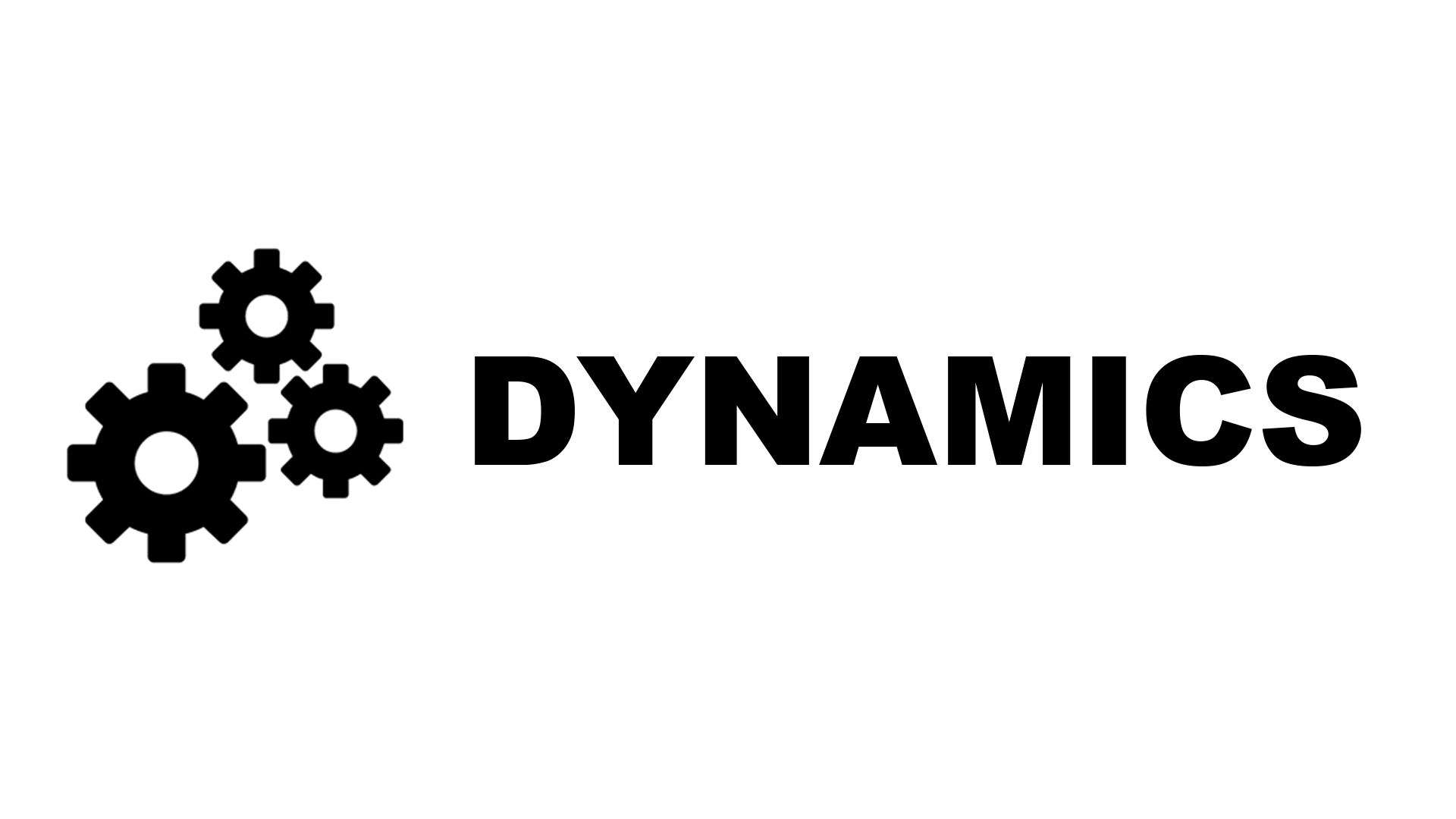MDA Framework
In these “game design principles” articles, my goal is to introduce fundamental concepts to game design and establish a theoretical framework to use for future analysis and discussion of games. With that goal in mind, I would be remiss if I didn’t discuss one of the first big pieces of academic work on game design: MDA Framework.
This framework was originally taught as part of a workshop at the Game Developer’s Conference, and was later published in a paper in conjunction with researchers from Northwestern. It introduces a fundamental way of deconstructing game systems to give a shared vocabulary and methodology for people of all disciplines working with games. The framework proposes that games can be understood by dividing their components into three distinct categories: Mechanics, Dynamics, and Aesthetics.
Mechanics are the basic building blocks of a game. The smallest elemental pieces that a game system can be broken into—a single rule, a particular resource, an action available to the player etc. Like the gears that make up clockwork or the atoms that make up a molecule, these are the individual pieces that combine to create a greater whole. In a card game, mechanics are things like suits, numbering, shuffling, or trick-taking. In a first-person shooter mechanics are things like WASD movement, weapons, ammunition, or spawn points.
How exactly you subdivide a system up into discrete “mechanics” isn’t something that can be specifically defined, and really depends on the needs of how you are currently analyzing that system. Based on how granular an analysis needs to be, the designer of that first-person shooter might be looking at the exact hit box, damage numbers, traced path, and fire rate of an individual bullet as separate mechanics; or they might just take the entire weapon as a single mechanic. It depend on their current needs.
If mechanics are the atoms, dynamics are the molecules. They are the systems that emerge at “run-time” from the mechanics of the game interacting with each other and with the players’ decisions. These are the heart of the game. They are the interactions that create the players’ experiences—feeling tension, excitement, friendship, betrayal.
Dynamics are simultaneously the most important elements of a game design, but also the most ethereal. To players, they are their tactics and strategy, or how the elements of the game are behaving. To the designers, dynamics are intangible behaviors that come about as the mechanics begin interacting. It takes a lot of practice as a designer to begin to reliably predict what dynamics will emerge from a system, and even the most seasoned designers are sometimes surprised at what they find.
Finally, aesthetics are the actual experience of the game itself. These are the emotions, stories, or fantasies that the dynamics are invoking inside the brains of the players. Hunicke, Leblanc, and Zubek break down a taxonomy of eight different aesthetics, but admit that this list isn’t exhaustive:
“Sensation – Game as sense-pleasure
Fantasy – Game as make-believe
Narrative – Game as drama
Challenge – Game as obstacle course
Fellowship – Game as social framework
Discovery – Game as uncharted territory
Expression – Game as self-discovery
Submission – Game as pastime”
Each game doesn’t focus equally on all these different aesthetic goals. Instead, a game usually focuses on 3-4 of these as its central focus (with larger, more sprawling games sometimes encompassing more). In the end, everything else inside of a game is in service of these aesthetic experiences.
All three of these are fairly abstract concepts, so let’s look at a quick example of them in action to get some context. In a video game, you might have several mechanics tied to your character:
A numerical value that counts up and down.
Every time your character is hit by something, that value is reduced by 5.
When that value reaches zero, you lose the game.
These mechanics interact in dynamics that create a desire to avoid getting hit, and potentially some tension in the player about their performance. Aesthetically, I’m sure you’ve figured out what this would be in most games: a player’s health bar. But in other games it might represent something totally different.
So, what is the goal of breaking down a game into these different categories? Designing games can be an incredibly complicated pursuit, especially when you start looking at some of the larger video games created by teams of hundreds of people. Every little decision being made by all of these people every day changes mechanics in the game. These little tweaks alters how those mechanics interact with each other, which can have a rippling impact on the dynamics and by extension the aesthetics of the game. Quickly, what seems like inconsequential changes can add up and dramatically change a game. This is a complex problem for a designer to wrap their head around.
MDA provides a high-level theoretical framework to start abstracting these complex problems and help deconstructing a game and understanding how ideas flow from the “bottom” to the “top” of its systems. Put more plainly, it is creating a shared vocabulary and structure with which to understand and discuss complicated ideas.
For example, let’s look really quickly back at our health bar example and what happens if you add in a single additional mechanic:
This value recovers 2 every second the player is not in combat.
With this change, the dynamics are altered to cause a lot less long-term tension in the player, and focus on individual engagements, and the aesthetics change to representing the character’s moment-to-moment stamina instead of their overall closeness to death. Conversely however, if instead the mechanic reads:
This value is only restored to full upon reaching one of a few rare checkpoints.
Suddenly, the dynamics of the game will be tense, and every hit will have long-term consequences. The aesthetics of the character’s health feel a lot more final and permanent, and the game feels a lot more grim.
One other powerful element of MDA framework is that it considers how the elements of a game relate to both the designers and players of the game. As we touched on above, designers view the game from the “bottom-up.” They create mechanics, which give rise to dynamics, producing the aesthetics of play. Meanwhile, players consume the game “top-down.” They first experience the aesthetics of the game, then beginning to understand the dynamics, and finally identifying the component mechanics of the system.
Yeah, I know I’m using “bottom” and “top” but this diagram is side-to-side. It just looks way better this way!
These different perspectives are important to keep in mind, and figuring out how ideas translate “up” and “down” through the system is critical to understanding its impact. In the end, that’s really what a framework like MDA is for. It is a lens through which a game system can be viewed to give people of all different disciplines perspective when trying to solve problems, and to give them a shared vocabulary and understanding to more coherently discuss and deconstruct games.
Recommended Reading
MDA: A Formal Approach to Game Design and Game Research. Hunicke, Robin; LeBlanc, Marc; Zubek, Robert (2004)






